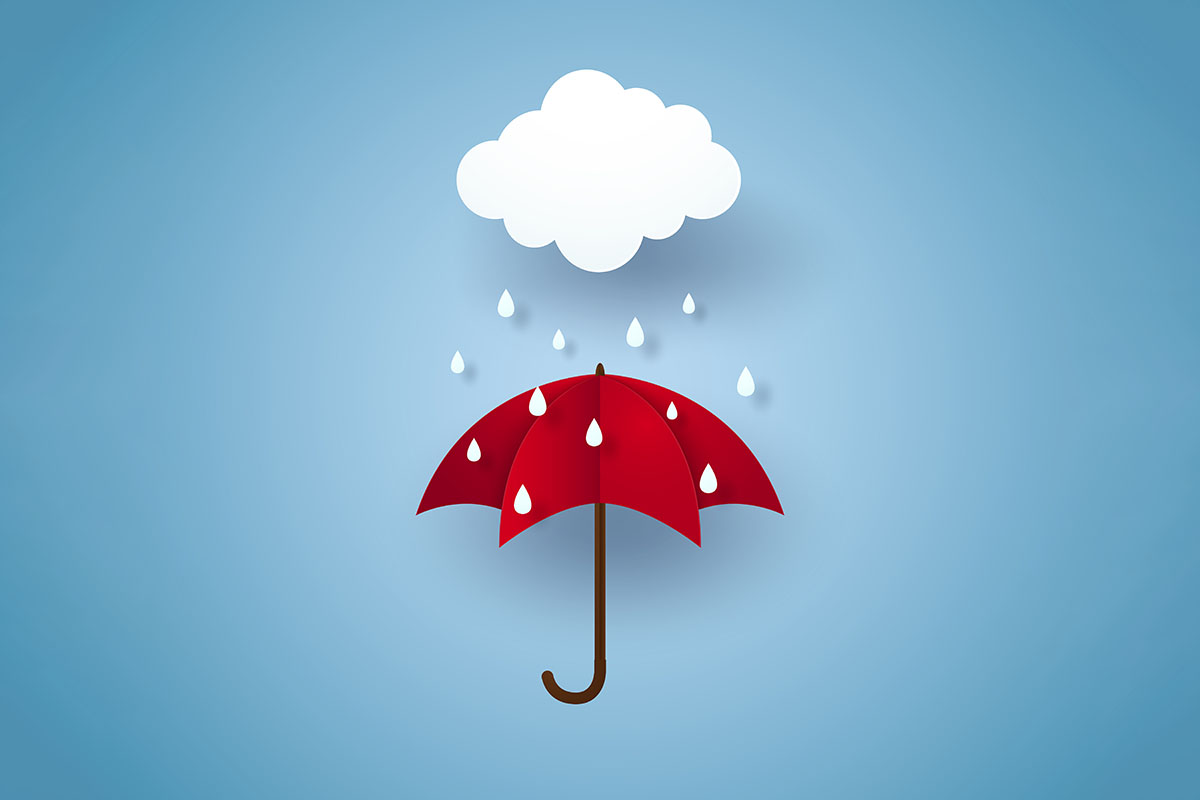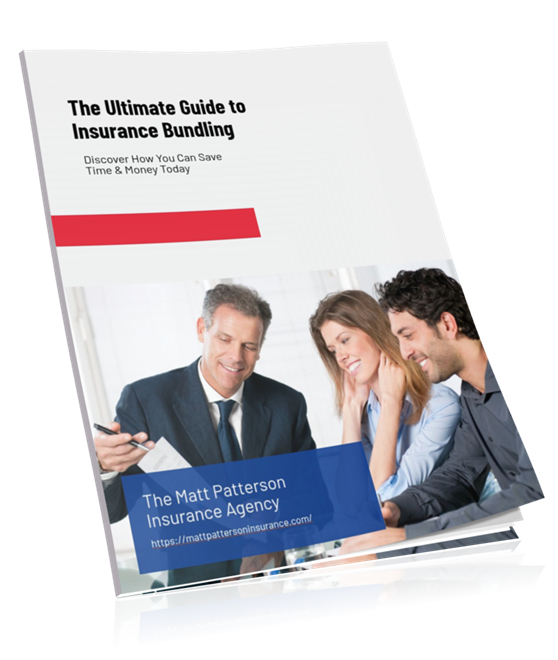Most people feel pretty comfortable with the basics of insurance. You’ve got home and auto insurance in San Marcos TX to cover your house and car, maybe life and health insurance to protect your family. Those are the standard pillars.
But what many don’t realize is that all of those policies have limits. If something major goes wrong — and it can, even in situations you’d never predict — you could end up on the hook for costs your standard coverage won’t touch. That’s where San Marcos umbrella insurance enters the picture.
Umbrella coverage is often referred to as “the insurance you didn’t know you needed,” and once you understand how it works, you’ll see why.
What Is an Umbrella Policy, Really?
Think of umbrella insurance as an extra layer of liability protection that sits on top of your existing home, auto, or renters policies.
- It’s not about replacing your policies.
- It’s about extending them.
- For example, if your auto liability limit is $300,000 and you’re sued for $1 million after a serious accident, your umbrella policy would step in to cover the remaining $700,000 (depending on your coverage terms).
Without it? That difference could come out of your personal pocket, your savings, or even your future wages.
Why Standard Policies Aren’t Always Enough
Insurance policies have maximum payout limits, and those limits are easier to hit than people expect:
- Medical costs can escalate into the hundreds of thousands quickly.
- Legal fees or judgments from lawsuits can dwarf normal liability limits.
- Property damage claims, especially if commercial property or high-value vehicles are involved — add up fast.
- With lawsuits and claim costs rising, your “good enough” coverage might not stretch as far as you think.
Real-Life Scenarios Where Umbrella Coverage Saves the Day
This isn’t about scare tactics, it’s about real possibilities most of us never stop to consider.
Scenario 1: Auto Accident With Injuries
You’re found at-fault in a major auto accident involving multiple vehicles. The medical bills for the injured passengers, plus damages and legal fees, exceed your $250,000 auto liability limit by a wide margin. An umbrella policy could mean your assets and income aren’t drained covering the excess.
Scenario 2: Accidents at Home
A guest trips on your property, leading to a serious injury. Their medical bills and lost wages from time off work add up far beyond your homeowners’ liability limit. Umbrella insurance provides overflow protection.
Scenario 3: Teen Drivers in the House
Adding a teen driver to your policy naturally increases risk exposure. If they’re involved in a crash where you’re legally responsible for damages, umbrella insurance offers additional backing beyond your auto policy.
Scenario 4: Business or Volunteer Roles
Serving on a community board, running a small business, or even owning rental properties can open up liability risks. Umbrella coverage provides an added shield in these situations.
Why People Skip Umbrella Policies
In conversations, the two things that hold people back are usually:
“I’ll never need that much coverage.”
But accidents, lawsuits, or medical claims don’t follow predictable formulas. Even careful families are vulnerable to circumstances beyond their control.
“It sounds too expensive.”
This is often the biggest surprise: umbrella coverage is relatively affordable considering how much protection it provides. Policies are often measured in millions of dollars of coverage for just a few hundred dollars per year.
For the cost of a takeout dinner each month, you could have peace of mind that your home, retirement, and income aren’t at risk in rare but devastating situations.
Who Umbrella Insurance Makes the Most Sense For
While almost anyone with assets could benefit, umbrella insurance is especially valuable if you:
- Own a home or rental properties
- Have significant savings or investments
- Have new teen drivers in the household
- Serve in leadership positions that carry legal risk
- Frequently host guests at your property
- Want extra peace of mind against rising lawsuit and medical costs
Even if you don’t see yourself in those categories, umbrella coverage can future-proof your financial security.
Adjusting Your Coverage: Steps to Take
Adding umbrella insurance isn’t complicated. Here’s how you can approach it:
- Review your current liability limits. Know the gaps in your home and auto policies.
- Talk openly with your agent. Share your household situation, dependents, property ownership, and financial goals.
- Explore different coverage amounts. Many policies start at $1 million of liability coverage, but you can scale higher depending on your needs.
- Bundle smartly. Umbrella is often more cost-effective when linked with your current insurance carrier.
Once in place, umbrella coverage works quietly in the background, giving you another safety net you hopefully never have to use — but will be grateful for if the day comes.
Frequently Asked Questions About Umbrella Policies
How much umbrella coverage do I really need?
A good rule of thumb is to have enough umbrella coverage to cover your entire net worth (the value of your assets like your home equity, savings, and investments, minus your debts). It’s also wise to consider your future earnings potential, as that can also be targeted in a lawsuit. We can sit down and help you calculate a coverage amount that makes sense for your specific situation.
I already have high liability limits on my auto policy. Isn’t that enough?
While having high primary limits is great, the maximum liability available on most auto policies often caps out at $500,000. In a serious multi-car accident with severe injuries, legal judgments can easily exceed that amount. An umbrella policy is the only practical way to get liability coverage in the millions.
Does an umbrella policy cover my business or professional practice?
No, and this is a critical distinction. A personal umbrella policy is designed to cover your personal, non-business-related liability. Your business requires its own separate set of commercial liability policies to protect it from professional risks.
Do I have to have my home and auto insurance with your agency to get an umbrella policy?
Typically, an insurance company requires you to have your underlying home and auto policies with them before they will issue you an umbrella policy. This allows them to ensure you are carrying the required minimum liability limits on those primary policies. Bundling these policies together is not only a requirement for the umbrella but also usually results in the best overall pricing.
What is “uninsured/underinsured motorist” coverage and how does it relate to my umbrella?
This is a vital coverage on your auto policy that protects you if you are injured by a driver who has no insurance or not enough insurance to cover your medical bills. Some umbrella policies can be endorsed to provide an extra layer of this important protection on top of your auto policy, further securing your financial well-being.
The Surprising Affordability of Peace of Mind
At this point, you might be thinking, “A million dollars in coverage sounds incredibly expensive.” This is the best part of the story: it’s not.
Because an umbrella policy only kicks in after your primary insurance has paid its limit, the risk to the insurance company is lower, which makes the premium remarkably affordable. For most families, a $1 million umbrella policy costs just a few hundred dollars a year. For roughly the cost of a daily cup of coffee, you can add a massive layer of protection to your entire financial life.
When you weigh that small, predictable cost against the potentially devastating, life-altering cost of a major lawsuit, the value becomes crystal clear. It’s one of the single best bargains in the entire insurance world.
You’ve worked hard to build your life and secure your family’s future. An umbrella policy is a simple, powerful, and affordable way to make sure one bad day doesn’t wash it all away — and it’s worth exploring San Marcos insurance quotes to find the right fit for your needs.



